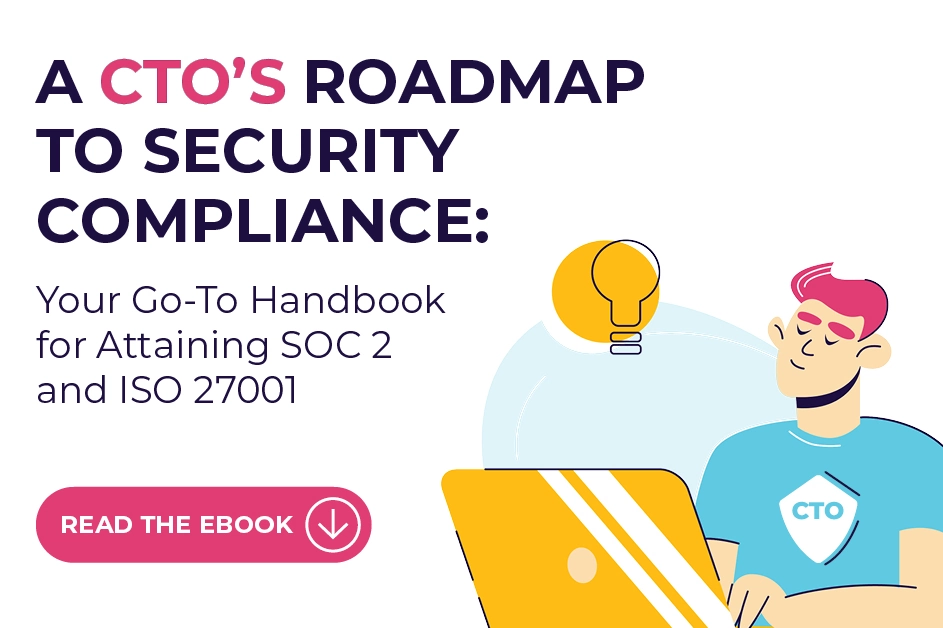Scytale now supports the CIS Controls Framework, allowing businesses to streamline their security and compliance processes.
NIST Certification
NIST Certification refers to the process of obtaining certification for compliance with standards and guidelines developed by the National Institute of Standards and Technology (NIST), particularly in the field of cybersecurity. NIST certifications demonstrate an organization’s adherence to best practices and standards established by NIST to enhance cybersecurity posture and protect sensitive information.
NIST Cybersecurity Framework Certification
The NIST Cybersecurity Framework (CSF) provides a set of guidelines, standards, and best practices for managing and improving cybersecurity risk management processes. NIST CSF certification involves aligning an organization’s cybersecurity practices with the framework’s core functions: Identify, Protect, Detect, Respond, and Recover. While there is no official NIST CSF certification program, organizations can undergo independent assessments or audits to demonstrate compliance with the framework’s principles.
NIST 800-53 Certification
NIST Special Publication 800-53 provides security controls and guidelines for federal information systems and organizations. NIST 800-53 certification involves implementing the security controls outlined in the publication to protect the confidentiality, integrity, and availability of sensitive information. Certification under NIST 800-53 may be required for organizations that handle federal government data or contracts.
NIST Certification Requirements
The specific requirements for NIST certification may vary depending on the framework or publication being referenced. However, common requirements for NIST certification typically include:
Adherence to NIST Standards: Organizations seeking NIST certification must demonstrate compliance with the standards, guidelines, and best practices established by NIST, such as the NIST Cybersecurity Framework or NIST Special Publication 800-53.
Implementation of Security Controls: Certification may require the implementation of specific security controls and measures to protect information systems and sensitive data. These controls may encompass areas such as access control, encryption, incident response, and security monitoring.
Documentation and Evidence: Organizations must provide documentation and evidence to support their compliance efforts, including policies, procedures, technical documentation, audit logs, and evidence of security controls implementation.
Assessment and Validation: Certification may involve undergoing independent assessments, audits, or evaluations to validate compliance with NIST standards and requirements. Qualified assessors or auditors may conduct reviews of organizational practices, processes, and security controls to assess compliance.
Continuous Monitoring and Improvement: NIST certification is not a one-time event but an ongoing process. Organizations must commit to continuous monitoring of their cybersecurity posture, regular assessments, and continuous improvement of security practices to maintain certification status.
NIST Certified
Being NIST certified means that an organization has undergone the necessary assessments, audits, or evaluations to demonstrate compliance with NIST standards and guidelines. NIST certification signifies that the organization has implemented robust cybersecurity practices aligned with industry best practices and standards established by NIST.
NIST Certification Cost
The cost of obtaining NIST certification can vary depending on several factors, including the size and complexity of the organization, the scope of certification, and the chosen certification process or assessment method. Costs associated with NIST certification may include:
Assessment Fees: Fees charged by qualified assessors or auditors for conducting assessments, audits, or evaluations of an organization’s cybersecurity practices and controls.
Consulting Fees: Costs associated with hiring consultants or experts to assist with certification preparation, implementation of security controls, and compliance efforts.
Training Costs: Expenses related to training employees on NIST standards, cybersecurity best practices, and compliance requirements.
Documentation and Tools: Costs associated with developing documentation, policies, procedures, and implementing tools or technologies to support compliance efforts.
In conclusion, NIST certification demonstrates an organization’s commitment to cybersecurity best practices and adherence to standards established by the National Institute of Standards and Technology. By achieving NIST certification, organizations can enhance their cybersecurity posture, protect sensitive information, and demonstrate compliance with regulatory requirements and industry standards. However, obtaining and maintaining NIST certification requires significant investment in terms of resources, expertise, and ongoing commitment to cybersecurity excellence.







